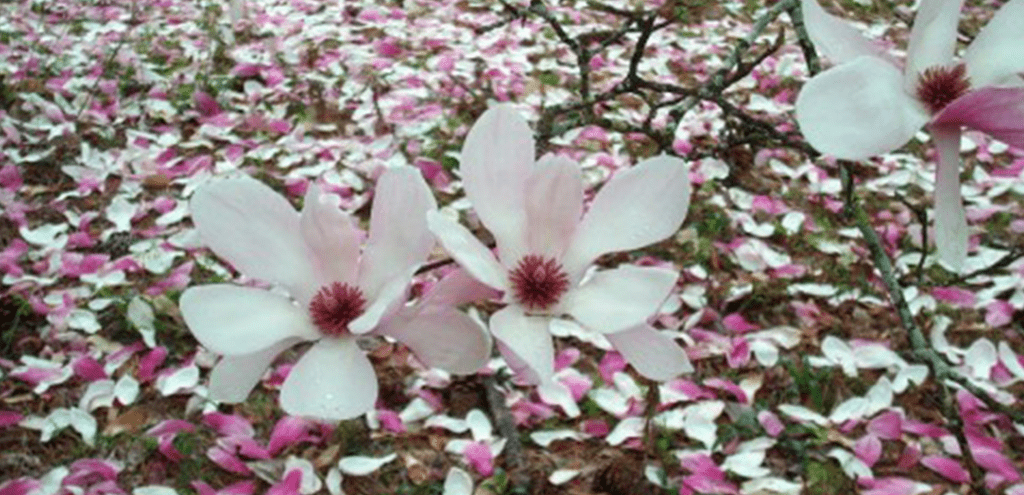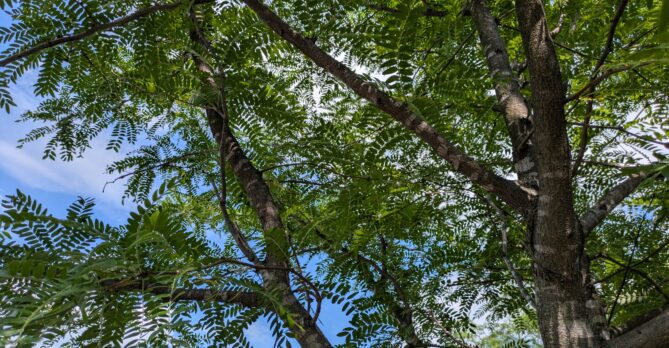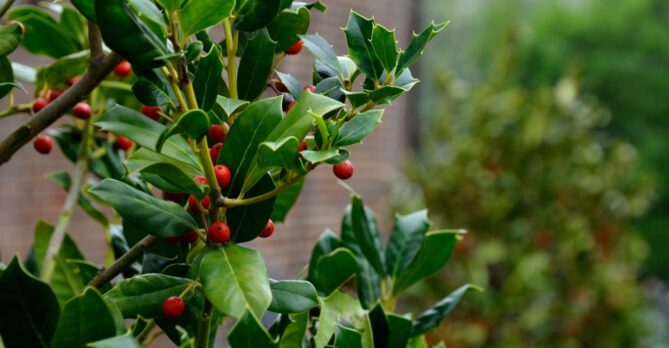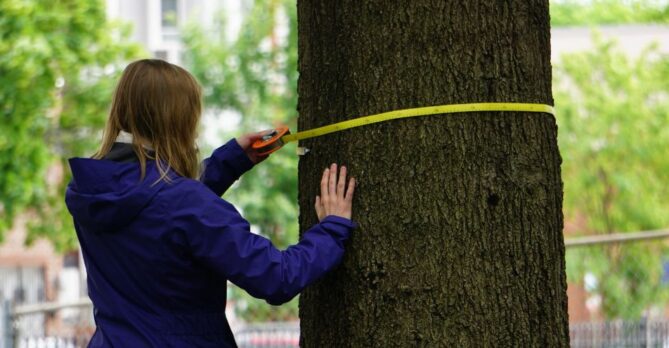
Last week we introduced the Which is Which series, designed to carry you on your tree identification journey and learn some ways to hone in on species level identification. We kicked it off with Virginia’s state tree, the Flowering Dogwood and up next is another southern stunner, the magnolia! Magnolia is a large genus of about 210 flowering plant species in the subfamily Magnolioideae of the family Magnoliaceae. It is named after French botanist Pierre Magnol. Eight species of magnolias—two evergreen and six deciduous—are native to the United States. These native species have proven quite adaptable and many can flourish in gardens outside their natural growing zone.
Let’s get to it! PS – we’re focusing on the magnolias you’d find on our Farm or on DC streets.
Southern Magnolia (Magnolia grandiflora)
The Southern magnolia, an iconic gem of the south, is the granddaddy of magnolias with the largest specimens growing past 100 feet tall. You cannot mistake the leaves of the Southern magnolia that bless us with their presence year round – leathery with a shiny dark green on top, and a rich bronze hue and a fuzziness beneath. And don’t forget those flowers, which are 6-8 inches across and pure white. These flowers bloom prolifically in the early summer and can continue to appear in smaller numbers for the rest of the season. If you want to make it part of your landscape this tree demands that you give it some space to grow and it is well worth it. It is a tree that you can pass on to your grandchildren and theirs too. Add one to your yard and enjoy it for generations through our residential planting program, RiverSmart Homes (FREE for those in DC). You can also get up to $100 back for planting this tree yourself through our tree rebate program.
Sweetbay Magnolia (Magnolia virginiana)
If you see a smaller, stouter, more delicate magnolia, it’s probably the sweetbay magnolia. They’re similar to but slightly different from the Southern magnolia – they have glistening dark green leaves, but feature a silver underside that has a frosted appearance. Instead of giant flowers, they have more subtle 2″-3″ creamy white flowers that even have a light lemon scent! They also only reach 15-20 feet in height (a more manageable size for many properties in DC) and can easily be added to your yard with our residential planting program, RiverSmart Homes. You can also get up to $50 back for planting this tree yourself through our tree rebate program.
Loebner Magnolia (Magnolia loebneri)
A cross between kobus Magnolia and Star magnolia — this small, deciduous tree enjoys a rounded habit and long, star-like white flowers that appear before the leaves in early spring. Flowers give way to cone-like fruits that ripen to red in late summer. Most often grown as a multi-trunked tree, the young bark is smooth and silver-gray, becoming slightly roughened with age. Given full sun to partial shade, this slow-growing tree rarely exceeds 30 feet. You can get up to $100 back for planting this tree yourself through our tree rebate program.
Saucer magnolia (Magnolia x soulangiana)
Yes, cherry trees are the famous springtime pink flowers in DC. But the Saucer magnolia certainly gives them a run for their money. This tree is a spectacular landscape show stopper because its flowers are so large – the stunning early spring blossoms have been said to open “like a thousand porcelain goblets.” If you miss the pink flowers, look for lush summertime leaves that are dark green and leathery and contrast nicely to silvery-gray bark. Long-lived and reliable, Saucer magnolias grow 15 to 20 feet tall. Therefore, you can get $50 back for planting this magnolia (and many others!) yourself through our tree rebate program.
Star Magnolia (Magnolia stellata)
With darker green leaves, gray bark, and early spring blooms, the Star magnolia can be confused with the Saucer Magnolia. The most obvious differing feature is the blooms – Star magnolia flowers are smaller, only 4 to 6 inches in diameter, and the leaves are thinner, longer, and less fuzzy than those of the Saucer magnolia. Just like most magnolias, you can get $50 back for planting this magnolia (and many others!) yourself through our tree rebate program.


